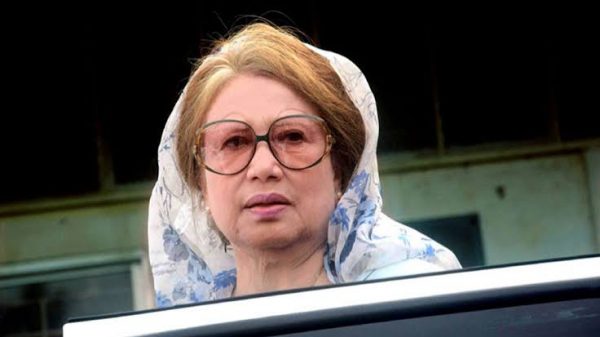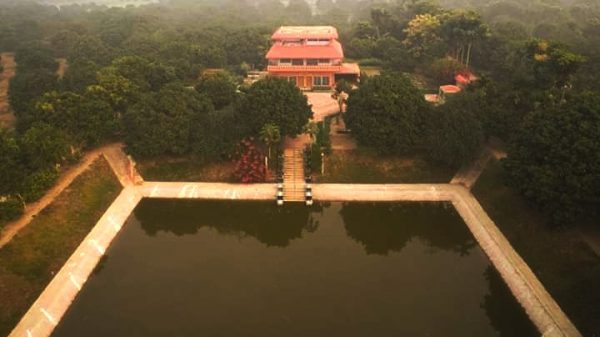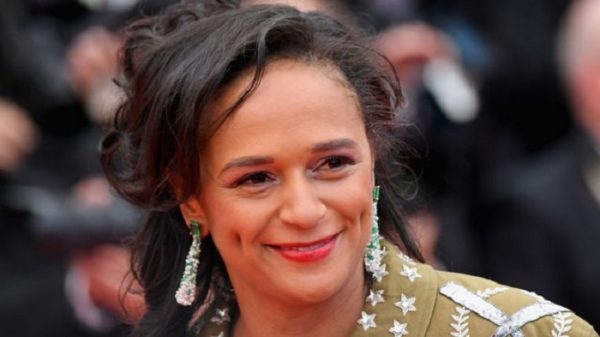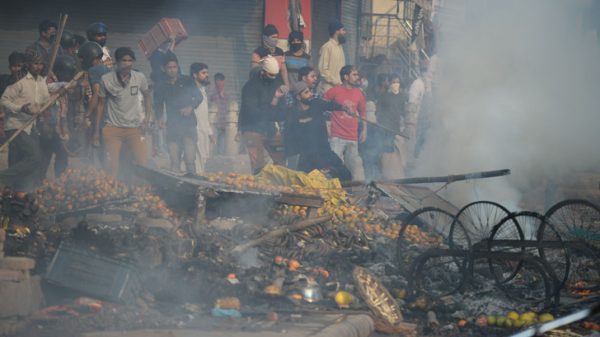Can Bangladesh make ODIs great again?

Sports Desk:
“ODIs—the format we grew up playing. It has been Bangladesh’s game since independence.”
Minhajul Abedin, former Bangladesh captain and longtime national selector, spoke passionately about the country’s deep-rooted love for the 50-over format.
Minhajul made his name in one-day cricket, first in the Dhaka League and later for Bangladesh. It was his bread and butter—back when ODIs were the only serious form of cricket the country played for years. Over time, simply by playing more ODIs against stronger nations, Bangladesh gradually improved.
Domestically, the Dhaka Premier League (DPL), a 50-over competition, was the most highly anticipated tournament, drawing significant attention and competition.
But recently, Bangladesh’s ODI game has fallen off a cliff. The country’s once-beloved format has become an afterthought, overshadowed by the growing popularity of T20 cricket and a renewed push for Test success. The results in recent ODI tournaments tell the story.
After a disastrous 2023 ODI World Cup in India, Bangladesh has now been knocked out of the ongoing ICC Champions Trophy. Led by Najmul Hossain Shanto, the team lost both of its matches, continuing a worrying trend.
Bangladesh’s ODI rise began during Habibul Bashar’s tenure, when the team started beating top nations and gaining confidence at the highest level. The turning point came in ICC events, particularly in the 2007 World Cup, where it became evident that Bangladesh was starting to master the format.
Under Mashrafe Bin Mortaza’s charismatic leadership, Bangladesh flourished. A strong core of players—Shakib Al Hasan, Mushfiqur Rahim, Tamim Iqbal, and Mahmudullah—formed the backbone of the team. While Shakib was a consistent performer with both bat and ball from an early stage, the rest peaked after years of ODI and List A cricket, gradually reaching international standards.
The results reflected this growth. Beyond numerous bilateral series wins at home, Bangladesh played the final of the 2012 Asia Cup, reached the 2015 World Cup quarterfinals, and made the semifinals of the 2017 ICC Champions Trophy. That same team went on to perform well in the 2019 World Cup.
Now, however, Bangladesh finds itself at a crossroads. The format that once defined them is slipping away. The game has become faster, scoring rates have increased, and the players who made their name in ODIs are either being phased out or nearing the end of their careers.
The new generation of cricketers is coming in with far less 50-over experience. When they do make the team, they don’t get to play much ODI cricket.
Domestically, Bangladesh’s only List A tournament, the Dhaka Premier League (DPL), is losing relevance. National team players often skip it. For three-format players, the DPL usually clashes with international commitments. Even those who are available often sit out to prepare for the next national assignment. In the last two DPL seasons, Bangladesh’s current captain, Najmul Hossain Shanto, played only six innings for his club, Abahani.
Bangladesh is also playing fewer ODIs at the international level. Leading up to the Champions Trophy, while other top teams were preparing with ODI matches, Bangladesh was occupied with back-to-back domestic T20 tournaments (NCL, BPL). In 2024, they played only nine ODIs before the tournament.
The results have not been encouraging. Until March 2023, Bangladesh had lost only one bilateral ODI series at home since 2015. However, since then, they have suffered home series defeats to England and New Zealand—both of whom fielded second-string teams. Their away record has been even worse, with series losses to Afghanistan and the West Indies last year.
The declining numbers indicate a lack of prioritization of ODI cricket in Bangladesh. Players are now more focused on developing their T20 and Test skills, causing ODI cricket to take a backseat. With so much emphasis on these two formats, ODI-specific skills are not being honed at the same rate.
Every now and then, an ICC ODI event comes around, and Bangladesh struggles due to a lack of preparation and understanding of a format that once brought so much joy to the nation.
In two years, Bangladesh will compete in another marquee ODI event—the World Cup in South Africa, Zimbabwe, and Namibia. But in an ever-evolving cricket calendar dominated by T20s and Tests, can Bangladesh make ODI cricket great again?





























Leave a Reply